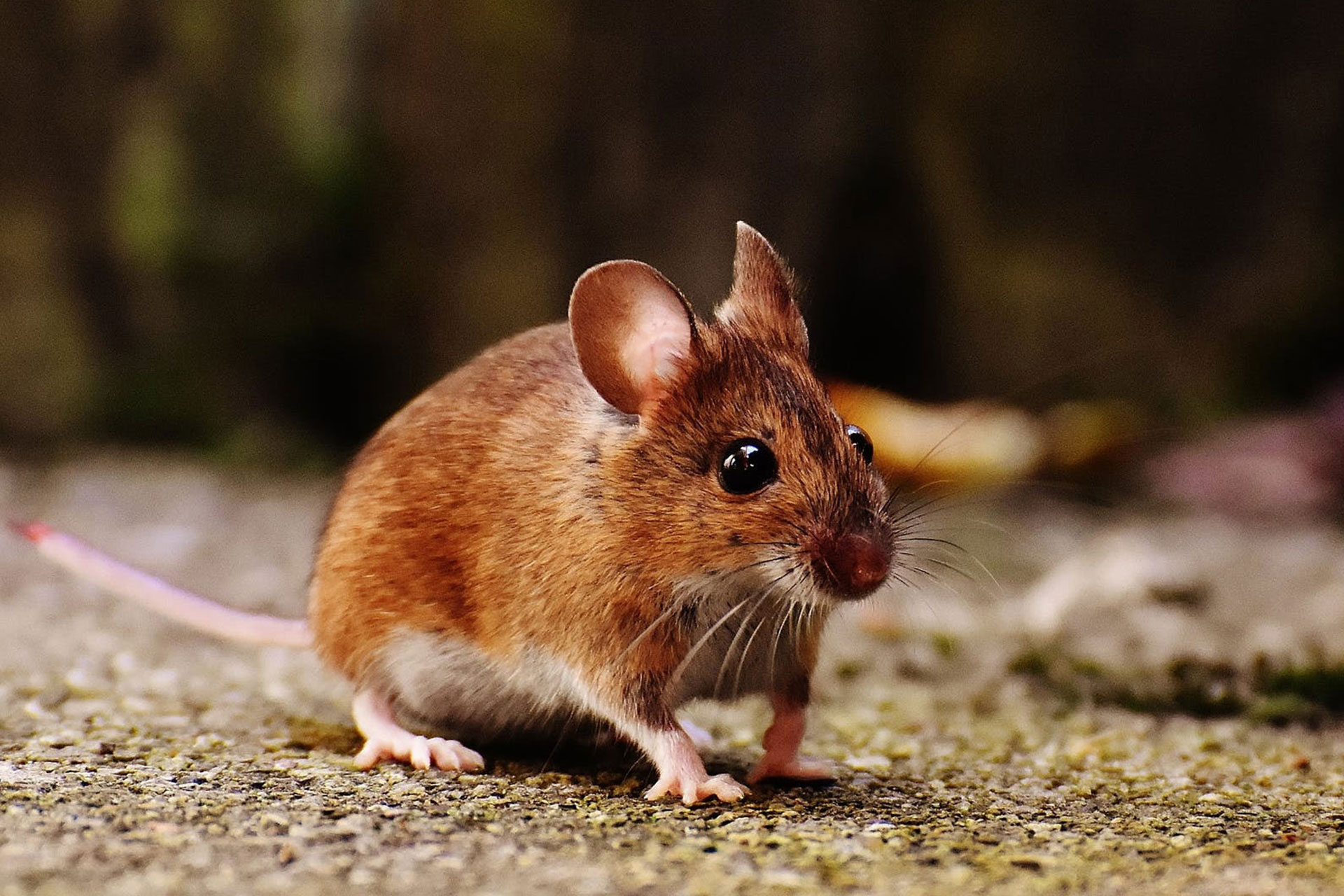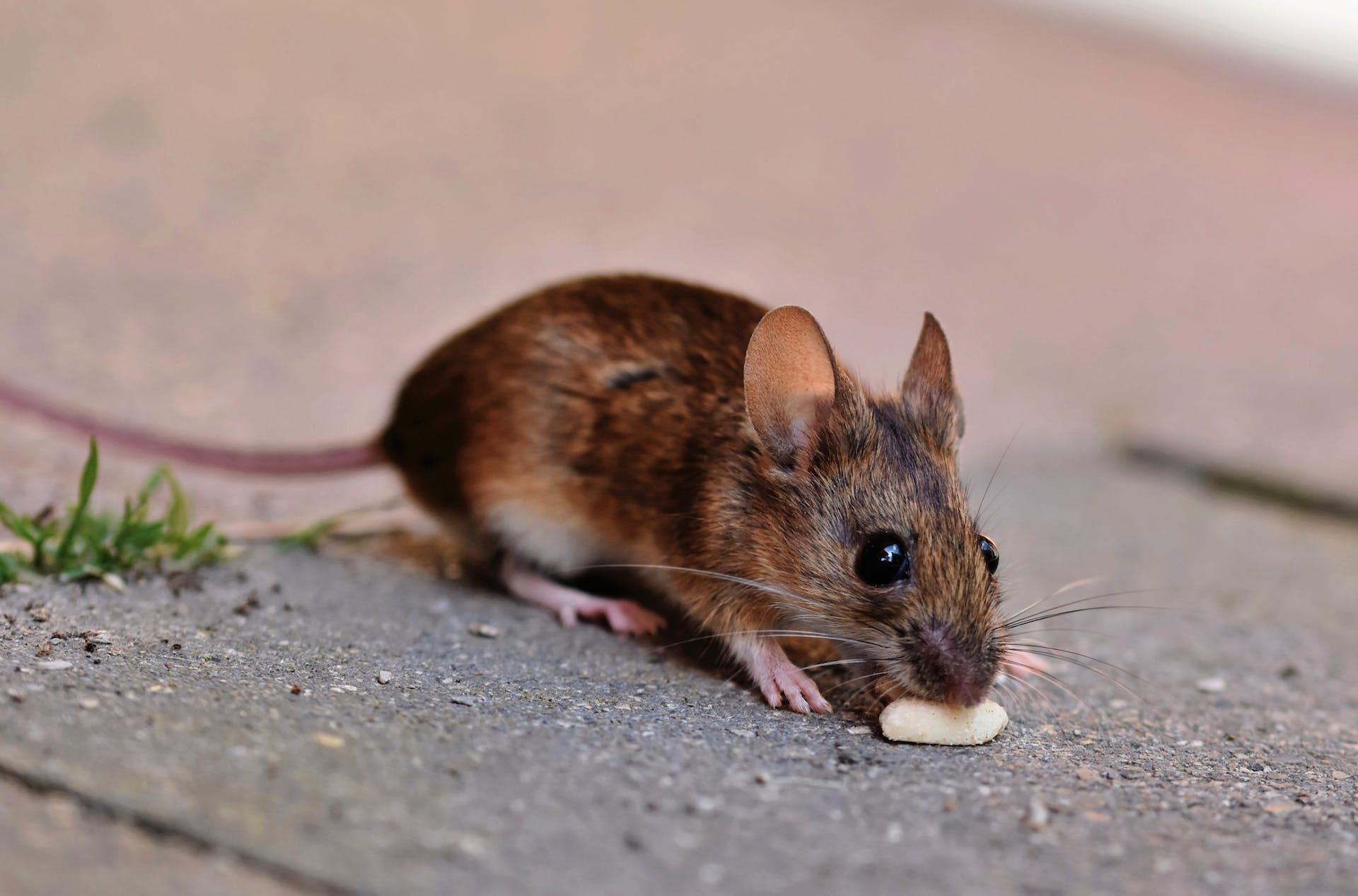Pest Control Solutions for Rodents in Canberra
Rodents, comprising rats and mice, pose a dual threat by carrying diseases and causing material damage within homes. Among the prevalent rodent pests in Canberra are the brown rat (Rattus norvegicus), black rat (Rattus rattus), house mouse (Mus musculus), and field mouse (Apodemus sylvaticus). Pest Control in Canberra offers a diverse range of effective rodent pest control services to combat these issues.
Which Diseases Can Rodents Transmit?
Rodents serve as potential carriers of severe diseases detrimental to human health. These include hantavirus pulmonary syndrome (HPS), leptospirosis, salmonellosis, tularemia, rat-bite fever, and typhus fever (via fleas). It is crucial to exercise caution when dealing with rodent excretions, such as urine, feces, and saliva. Wearing gloves and a face mask is imperative to prevent direct contact or inhalation of harmful particles. Additionally, rodents can transmit ticks and fleas to humans, escalating the risk of further health complications.


Pest Control for Rodents in Canberra Homes
Understanding the Threat of Rodent Damage
Rodents, encompassing rats and mice, pose a significant risk to homes by gnawing on common household materials like wood, particle board, wiring, insulation, plastic, vinyl, and plaster. This destructive behavior is driven by the rodents’ constant need to file down their continuously growing teeth. Particularly concerning is the potential for rodents gnawing on electrical wiring, which could lead to a short circuit and, in turn, a house fire.
Identifying Signs of a Rodent Infestation
Rodents leave noticeable signs of their nocturnal activities. Look out for the following indicators:
- Droppings: Pellet or banana-shaped, dark brown/black, varying in size from a few millimeters to 20 millimeters for larger rats.
- Foul Urine Smell: Rodent urine emits a strong musky odor.
- Gnaw Marks: Evidence of rodents gnawing on food and household materials.
- Tracks and Runways: Footprints, greasy marks, urine stains, and droppings along a common path.
- Rodent Nest: Shredded paper, dried plant matter, droppings, and urine smells/stains characterize a rodent nest.
- Nocturnal Noises: Scampering, gnawing, scratching, and squeaking sounds in the roof, walls, or under the home.
Factors Attracting Rodents to Homes
Rodents are attracted to homes in their relentless search for food, water, and shelter. Maintaining cleanliness and tidiness, especially in the kitchen, is crucial to deterring rodents from establishing a presence.
Preferred Hiding Places for Rodents
As nocturnal creatures, rodents seek refuge in dark places such as wall and ceiling cavities, under floors, behind kitchen/laundry cupboards and sinks, under bathtubs, and in wardrobes.
Rodent Breeding Patterns
Rodents typically breed during spring, summer, and early autumn, with a litter size ranging from 5 to 10. A healthy female rodent may produce 5+ litters per year, preferring the warmth over cold weather and thus being drawn to Canberra homes in winter.
Rodents Attracting Snakes
Rodents can attract snakes, as snakes feed on these small mammals. Living near bushland may increase the likelihood of snakes entering your property.
Effective Rodent Eradication
Utilising a rodenticide, often in bait form, is the primary method for poisoning rodents. Given rodents’ neophobic tendencies (fear of new things), successful baiting may require several weeks.
For further information on rodent pest control services in Canberra, please contact the professional team at Pest Control in Canberra by calling 1300 022 122.
